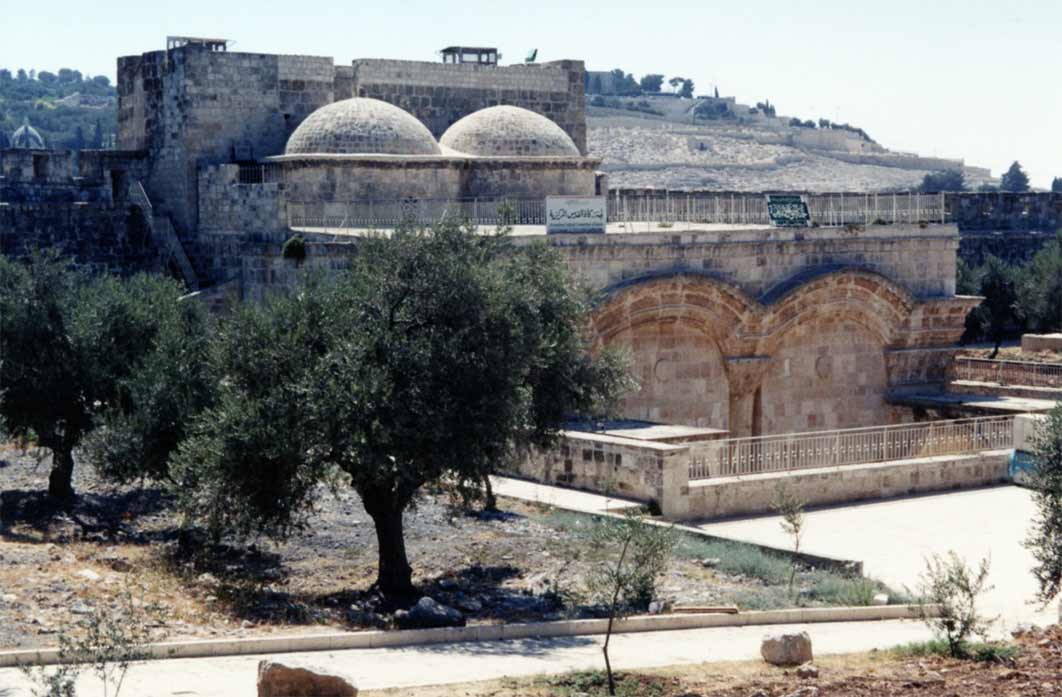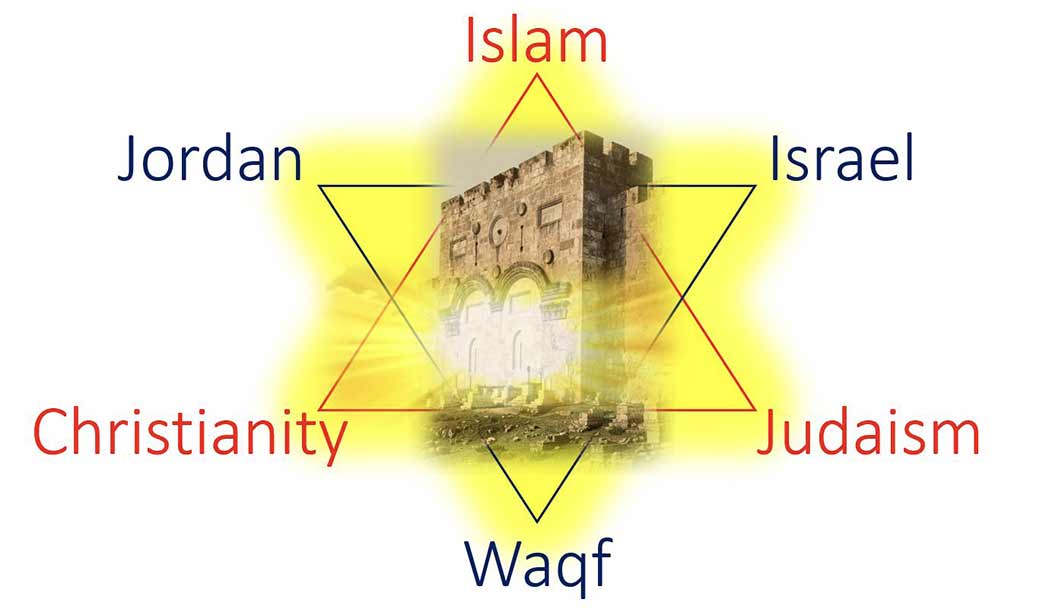
Jerusalem’s Enigmatic Golden Gate: Countdown To The End Of Days
There is an ancient gate on the east side of Jerusalem that to this day remains bricked up and unpassable. It is believed by millions of Jews, Christians, and Muslims that it will miraculously open at the End of Days, when God and the Messiah will appear for the Judgment of all humankind. It is the cryptic ‘Golden Gate’, and it has become a flashpoint in recent years, as religious groups, protesters, and governing bodies – many convinced the end of the world is at hand - all battle for its control. What is the history of this enigmatic entrance, why is it sealed shut, and what future warnings does it portend?

The Golden Gate taken from the Temple Mount with the Mount of Olives over the walls. (Image: © Jonathon Perrin)
The Enigmatic Walled-Up Eastern Gate
The Old City of Jerusalem is a location quite unlike anywhere else on earth: 0.35 square miles (0.9 square kilometers) of winding corridors and ancient architecture surrounded by imposing Medieval stone walls. Six of the city’s eight gates were built by the Ottoman Turks five centuries ago, one was built in recent times, and the eighth gate was restored by the Turks. Leading directly to the Temple Mount, where Solomon’s Temple once stood and the golden Dome of the Rock now stands, this eighth gate is very special. Loaded with prophetic power and potential, the future of millions around the world is tied to this enigmatic eschatological entranceway.
It is the most mysterious Gate in Jerusalem, and indeed the world. Jews call it Sha’ar haRachamim, the ‘Gate of Mercy’, Muslims call it Bab al-Zahabi, the ‘Gate of Eternal Life, while Christians call it the ‘Golden Gate’. The reason behind the Golden Gate’s name can best be explained by archaeologist James Fleming, who suggests it was “probably derived from New Testament references to a gate known as the Beautiful Gate (Acts 3:2, 10) … In the earliest Greek New Testament, the word for ‘beautiful’ is oraia. When Jerome translated the New Testament into Latin in the fourth century, he changed the Greek oraia to the similar-sounding Latin aurea, rather than to the Latin word for ‘beautiful’. So the Latin Vulgate text read ‘Golden Gate’ instead of ’Beautiful Gate’”.

Jerusalem, the Golden Gate, a lithograph by Louis Haghe based on a watercolour sketch by David Roberts (1839). Library of Congress.(Public Domain)
The Power Struggle Over The Gate
Since 1967, when Israel first occupied the West Bank and Eastern Jerusalem, they have upheld the status quo on the Temple Mount, in which the Palestinian Waqf (governing body) maintains administrative control and the Israel Police the security control. However, on Friday, February 22, 2019, thousands of Palestinian protesters stormed into the locked Golden Gate to conduct mass prayers (the gate is bricked shut only on the outside). Worshippers had been barred entrance since 2003 on orders of Israel, which had accused the Islamic Heritage Committee of using it for terrorist purposes.
After nearly two decades of unwanted yet increasing Jewish presence on the Temple Mount, Muslim protesters fervently believed Israel was planning on converting the Gate into a synagogue, thereby changing the official status quo (although Israel denied these reports). The crowds dispersed peacefully, but the site has since seen minor outbreaks of violence, and the major players – Israel, Jordan, and the Waqf – all continue to wrestle for its ultimate control, with its fate still undecided.





